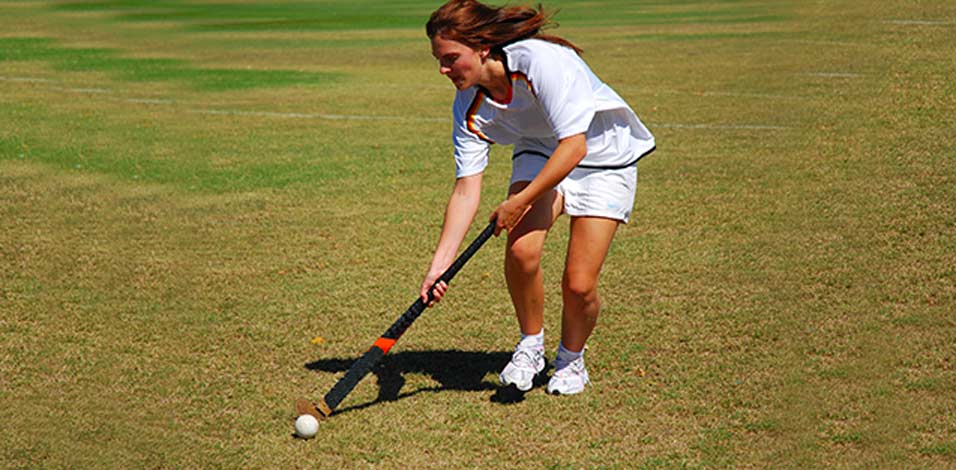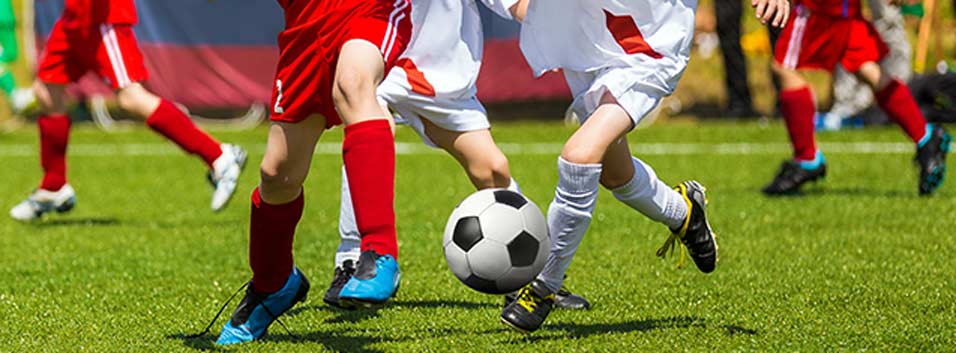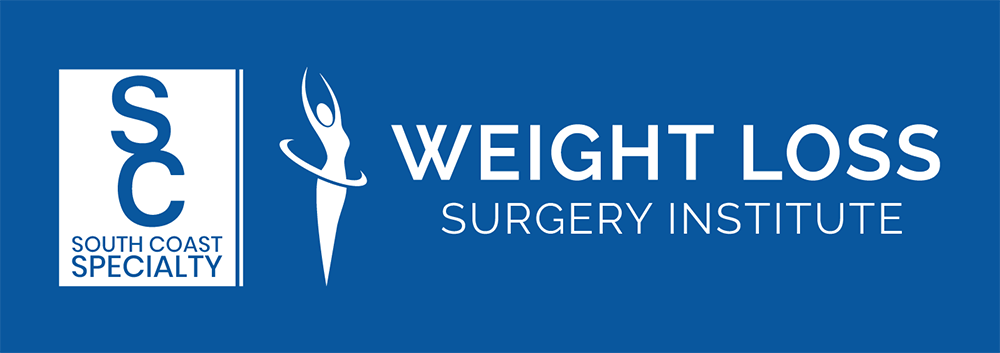
Oftentimes, it's vigorous sports like football, soccer, hockey, or wrestling that contribute to groin-related pain. A common source of discomfort in this area is what's termed a sports hernia.
Specifically, it’s a weak spot in lower abdominal wall muscles or tendons, although there is no visible hernia. The hernia itself develops in a short passage in the abdominal wall called the inguinal canal, usually because tissues are too thin. Thicker tissues within the same area aren’t affected. Surgery is the treatment often recommended for sports hernias.
CONTACT US TODAY
Signs of a Sports Hernia
Pain associated with a sports hernia is similar to what’s experienced with a groin strain, expect that it won’t respond well to rest, icing, or the use of anti-inflammatory medication. It usually starts with an aching pain that’s aggravated by bending forward or making movements associated with running or cutting. Coughing or sneezing may further trigger sports hernia symptoms that might include:
- Lower abdominal pain
- Discomfort in the groin area
- Testicle pain in males

Making a Positive Diagnosis
Diagnosis of a sports hernia normally involves a physical examination that’s combined with knowledge of a patient’s medical history and other diagnostic tests. More recently, MRI scans have become the type of image test that’s used to confirm a sports hernia diagnosis.
In some instances, a correct diagnosis might be made after mistakenly assuming symptoms as being related to groin pain from another source. However, this type of oversight may be prevented with a thorough evaluation that involves ruling out other common sources of groin pain.
Sports Hernia Treatment Options
Initially, a sports hernia that’s not producing significant discomfort may be treated with conservative efforts that may include modifying activities, ice therapy, and various forms of physical therapy. Some patients with mild or moderate symptoms may respond well to a combination of non-surgical treatments along with pelvic and abdominal strengthening exercises.
If symptoms are severe or conservative treatments aren’t effective, surgery is often recommended. Many times, it can be performed with minimally invasive techniques involving small incisions and the use of special instruments that reduce trauma to nearby structures. Surgery typically involves repairing the damage to soft tissues in the groin area and correcting any related issues from the hernia.

Post-Surgery Recovery and Rehabilitation
When sports hernias are treated with less invasive laparoscopic techniques, it’s not unusual for patients to recover within a week or so. Rehabilitation from sports hernia surgery may take about two months if traditional open surgery is performed, especially for athletes wishing to safely return to their previous activity level. Additional patient-specific instructions may be given to address such things as bathing and general guidelines for activities. Various studies suggest that anywhere from 65 to 90 percent of athletes are able to resume their normal activities after the recovery and rehab period.
Because sports hernias are caused by muscle weakness and straining, they are sometimes preventable by using proper lifting techniques, minimizing excessive stress in the lower abdominal area when exercising or playing sports, drinking more water, avoiding constipation by eating more fiber-rich foods, and doing abdominal strengthening exercises.

